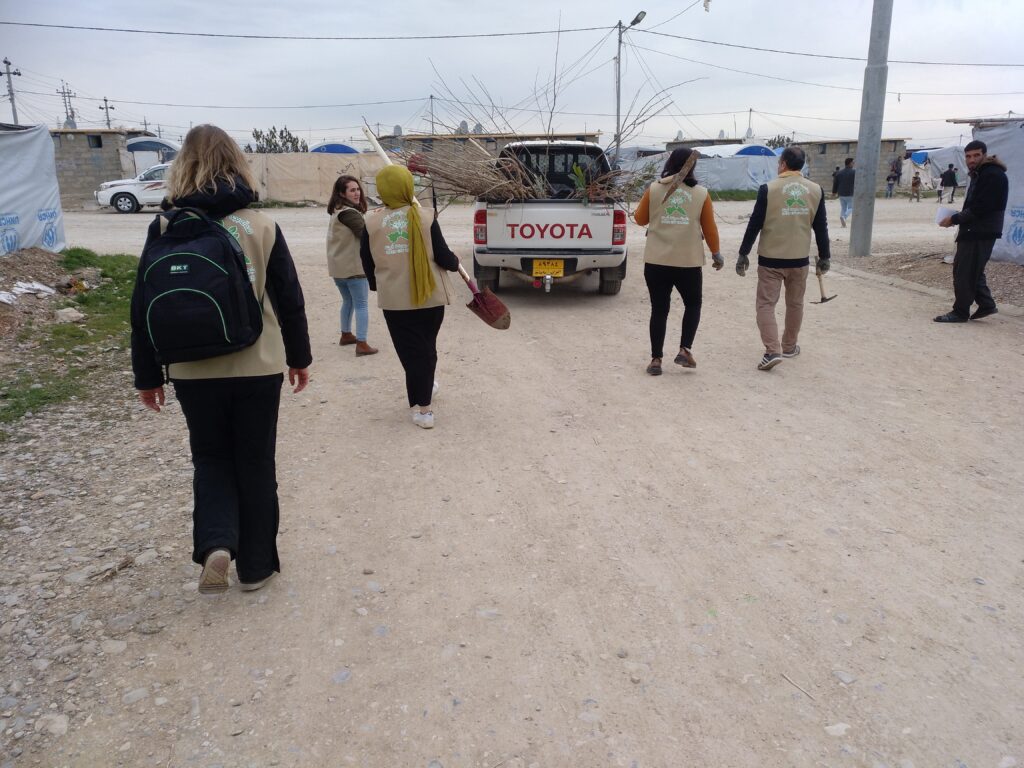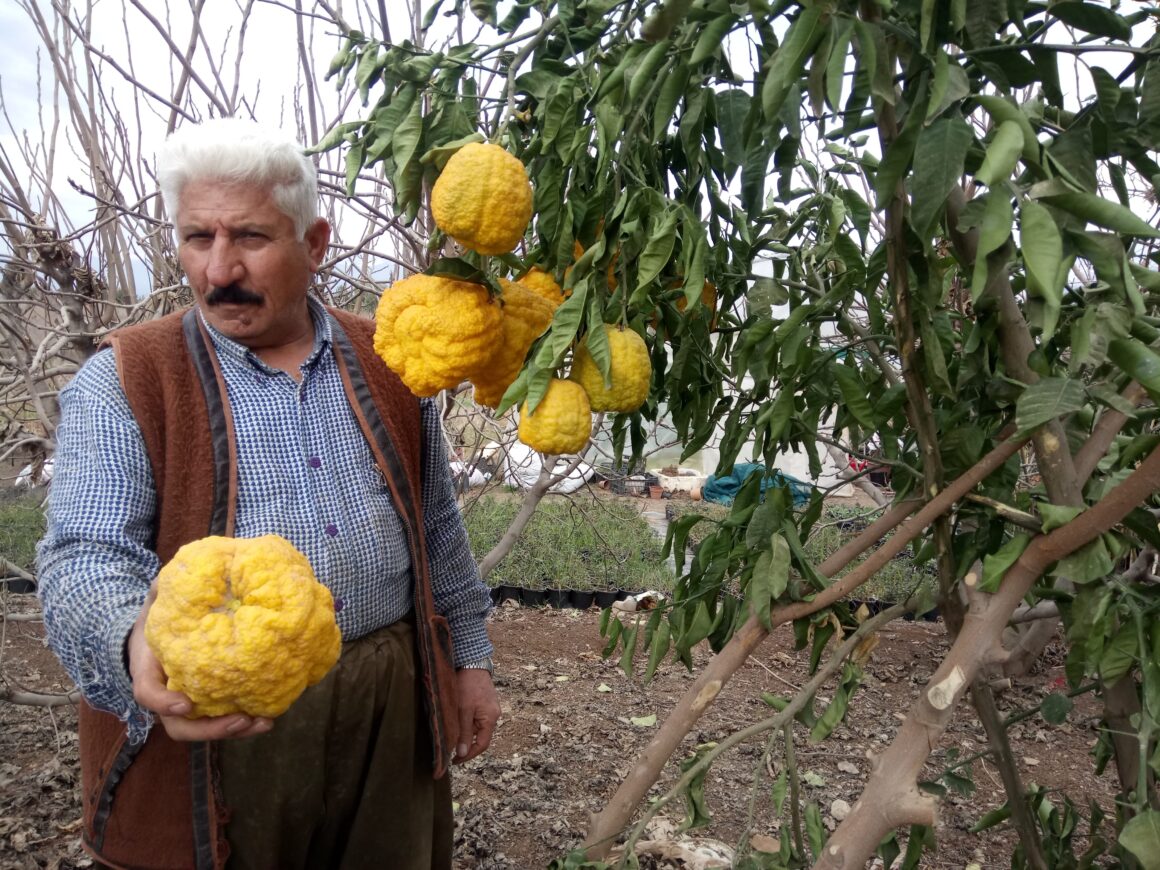Northern Iraq: Improving the Overall Environment and Climate in Ashti IDP Camp
Duration: 15/02/2020 – 29/02/2020
The Camp
Ashti Camp is an IDP camp, which was established in 2013 near Arbat city in Kurdistan Region of Iraq. The Northern district of Arbat is home to thousands of Iraq’s displaced people. They coexist, share their stories and tell of the human toll the Islamic State group has taken on all Iraqis.
Over the past years, the district of Arbat in the semi-autonomous Northern Region of Iraqi Kurdistan has seen a wave of immigration with an estimated 16’000 displaced locals from inside Iraq as well as refugees from Syria seeking shelter here. Although Arbat itself is traditionally home mostly to the Iraqi Kurdish, now there’s a wide variety of ethnicities and religions here, including Kurds, Arabs, Turkmen, Syrians, Sunnis, Shiites, Shabaks and Yazidis.

As successive groups have come and gone from this small district South of one of Iraqi Kurdistan’s biggest cities, Sulaymaniyah, locals say that Arbat has been a mirror for nationwide events caused by the security crisis and the extremist group known as the Islamic State.

The project
There is a great need for trees and green areas in the Ashti IDP Camp for several reasons. The Ashti IDP Camp is located on a heavily trafficked major road that connects Arbat with four other cities leading to severe air pollution. The lack of green spaces in the camp area is furthermore connected to increased air temperatures and to unfavourable climatic conditions – especially during hot and dry periods – that increase the risk of physical diseases along with mental health problems. A living tree provides oxygen, filters the air from particulate pollutants and carbon dioxide and increases air humidity. It can provide shade in summer and depending on the species produce fruit for subsistence.

This project therefore aimed to provide single trees to particular families to green their private areas in order to improve the overall environment and climate in the Ashti Camp. It was implemented by NWE organization for protecting environment and women’s rights and Roots for Change, who acted primarily as a donor for the pilot phase.

Phase I: Choosing the trees and acquiring the working material
The plants and working tools were chosen and acquired jointly by Roots for Change and NWE staff members. The choice of trees followed two criteria: The breeds should be common to the region and potentially provide fruits to the families.

The project initially planned to provide 50 families with one tree each but due to a significant reduction offered by the tree nursery, the project budget allowed to acquire 70 trees for the same number of families

In total, 70 trees were bought of the following kinds:
• 5 Persimmon trees
• 35 Mulberry trees of 4 different kinds: Shatû, Tû benauk, Tû hindi, Tû nuqli
• 7 Plum trees
• 5 Indian Apricot trees
• 5 Hazelnut trees
• 3 Apricot trees
• 4 Olive trees
• 1 Blueberry plant
• 5 Fig trees
Shovels, scythes and gardening gloves were also acquired for the planting work.

Phase II: Planting the trees with the inhabitants of Ashti IDP Camp


8 members of NWE and 2 members of Roots for Change worked together with the 70 families of Ashti IDP Camp who received a tree for their private area.
The families enthusiastically participated in digging and planting the trees. Some of them had shared with us their fate which had forced them to leave their homes behind and which had brought them into the camp. Many have been living there now for several years, and are too afraid to return to their homes due to the threat of Islamist groups. We were impressed by the energy and enthusiasm the inhabitants of the camp brought up to improve the livelihood of their environment, despite of the traumatic experiences they have gone trough and the difficult living conditions in the camp. Children, mothers, fathers and grandparents alike were keen to participate in the gardening work.
Interest arose from other inhabitants who curiously asked about a tree for their area as well. This highlighted the potential for this pilot project to be extended to more beneficiaries, as there was no doubt that the inhabitants of the Ashti IDP Camp had a desire to green their living environment.

Conclusion
Still, it is unclear how the survivability of trees in private areas will turn out. After an assessment of the survivability of trees and the perceived benefits for the camp inhabitants, the feasibility of a second phase with a larger amount of trees will be evaluated.










